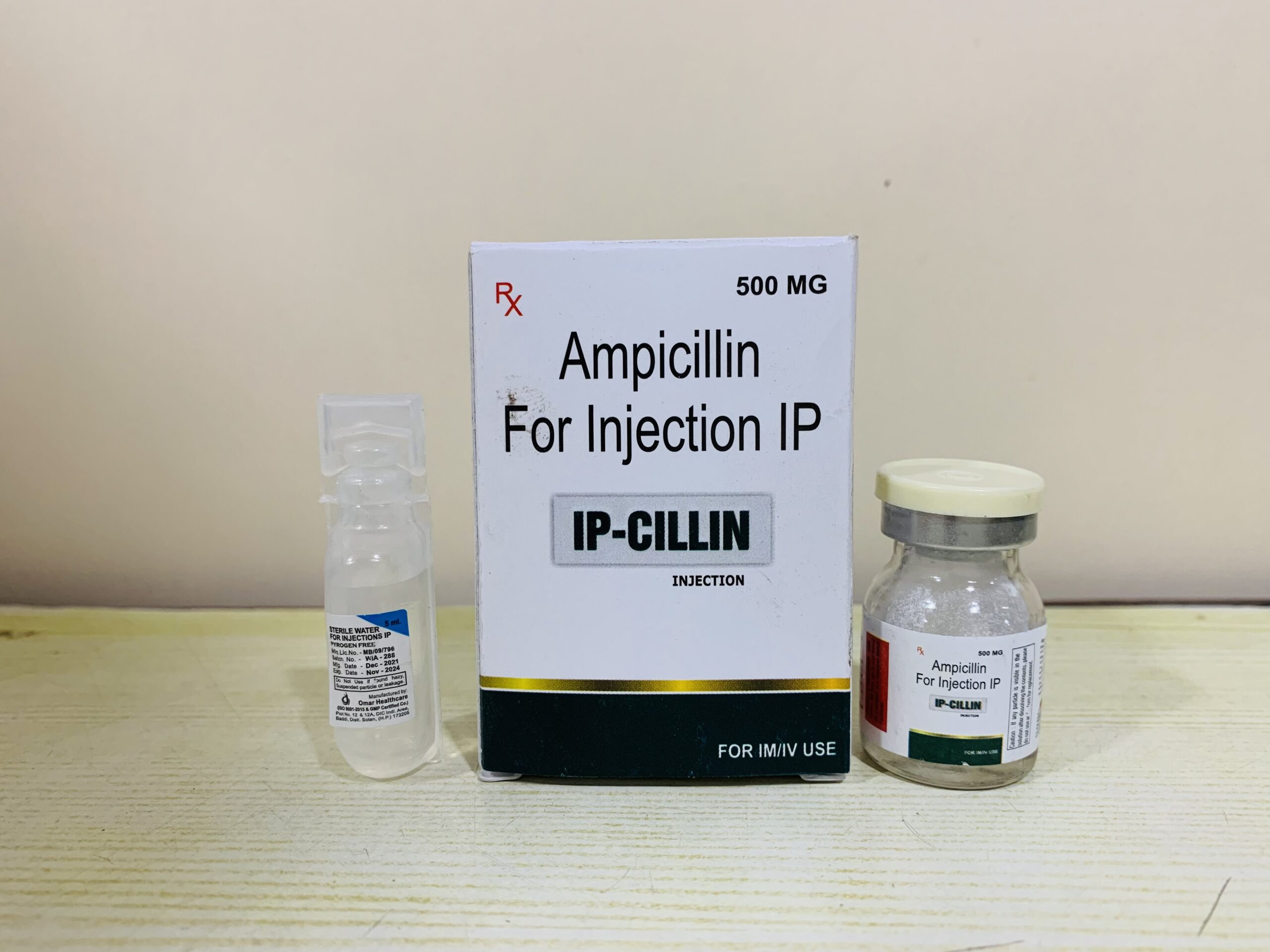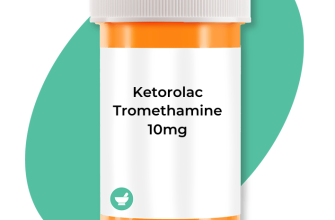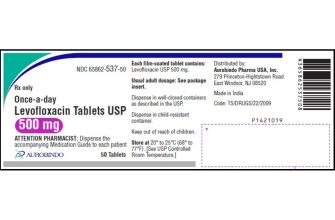Need to understand ampicillin’s applications? This guide focuses on its specific uses in treating bacterial infections. Ampicillin effectively targets a range of gram-positive and some gram-negative bacteria, making it a valuable tool in various medical contexts.
Common bacterial infections treatable with ampicillin include: Streptococcal infections like strep throat and pneumonia; E. coli infections affecting the urinary tract; and certain Salmonella and Shigella infections causing diarrhea. However, remember that its effectiveness depends on the specific bacteria causing the infection; always consult a medical professional for accurate diagnosis and treatment.
Important note: Ampicillin is a prescription-only medication. Self-medication is dangerous. Always follow your doctor’s instructions regarding dosage and duration of treatment. Failure to complete the full course of antibiotics can lead to antibiotic resistance. Specific dosage depends on factors like the type and severity of infection, age, and overall health of the patient. A doctor will personalize your treatment plan accordingly.
Potential side effects can range from mild gastrointestinal issues like diarrhea to more serious allergic reactions. Inform your doctor immediately about any unusual symptoms you experience while taking ampicillin. This information will help your medical team manage any complications and ensure you receive the best care possible.
- Ampicillin Uses
- Specific Infections Treated with Ampicillin
- Treating Bacterial Infections in the Respiratory Tract
- Combating Urinary Tract Infections (UTIs)
- Understanding UTI Symptoms
- Ampicillin Dosage and Treatment
- Potential Side Effects
- Alternatives to Ampicillin
- Prevention Strategies
- Ampicillin vs Other UTI Treatments
- Further Information
- Ampicillin in the Treatment of Skin and Soft Tissue Infections
- Choosing the Right Dosage and Duration
- Considerations for Specific Infections
- Using Ampicillin for Bacterial Meningitis
- Choosing Ampicillin: Factors to Consider
- Ampicillin’s Limitations in Meningitis Treatment
- Ampicillin in Gastrointestinal Infections (Specific Cases)
Ampicillin Uses
Ampicillin is a penicillin-derivative antibiotic, primarily used to treat bacterial infections. Doctors prescribe it for a variety of conditions, including bacterial pneumonia, urinary tract infections, and certain types of meningitis. It’s also effective against infections of the skin and soft tissues.
Specific Infections Treated with Ampicillin
Ampicillin effectively combats infections caused by gram-positive and some gram-negative bacteria. This includes Escherichia coli (E. coli), Salmonella species (causing typhoid fever and other diarrheal illnesses), and Haemophilus influenzae (responsible for various respiratory tract infections). It’s often chosen for treating bacterial endocarditis (heart infection) and some forms of septicemia (blood poisoning).
However, increasing antibiotic resistance necessitates careful consideration of ampicillin’s use. Always consult a physician for diagnosis and treatment. They will determine if ampicillin is the appropriate antibiotic for your specific infection based on bacterial sensitivities and your medical history. Proper diagnosis and antibiotic stewardship are crucial for successful treatment and to prevent the further development of antibiotic resistance.
Treating Bacterial Infections in the Respiratory Tract
Ampicillin effectively combats several bacterial respiratory infections. However, its use is guided by bacterial sensitivity testing.
Ampicillin is frequently prescribed for:
- Pneumonia: Especially community-acquired pneumonia caused by susceptible Streptococcus pneumoniae and Haemophilus influenzae. Dosage depends on the severity and patient factors.
- Bronchitis: Acute bronchitis caused by susceptible bacteria may respond to ampicillin. However, many cases are viral, rendering antibiotics ineffective.
- Sinusitis: Bacterial sinusitis, typically involving Streptococcus pneumoniae, Haemophilus influenzae, or Moraxella catarrhalis, might benefit from ampicillin, but only after confirmation of bacterial infection.
- Tonsillitis/Pharyngitis: Ampicillin targets Streptococcus pyogenes (Group A Streptococcus), the cause of strep throat. Proper diagnosis is critical before prescribing.
Important considerations:
- Always obtain a bacterial culture and sensitivity test: This ensures the bacteria causing the infection are susceptible to ampicillin. Treatment with an inappropriate antibiotic can worsen the infection.
- Follow prescribed dosage and duration carefully: Incomplete treatment courses increase the risk of antibiotic resistance.
- Report any adverse reactions immediately: Common side effects include diarrhea, rash, and nausea. More serious reactions require immediate medical attention.
- Ampicillin isn’t effective against all respiratory pathogens: Many respiratory infections are viral, and ampicillin won’t be helpful in these cases.
- Consult your doctor: Self-medicating with antibiotics is dangerous and contributes to antibiotic resistance. Always seek professional medical advice.
Ampicillin’s role in respiratory tract infections is part of a broader strategy involving appropriate diagnosis, tailored treatment, and responsible antibiotic stewardship.
Combating Urinary Tract Infections (UTIs)
Ampicillin, a broad-spectrum antibiotic, effectively treats many UTIs caused by susceptible bacteria. However, always consult a doctor for diagnosis and treatment plan, as ampicillin may not be suitable for all cases.
Understanding UTI Symptoms
Recognize UTI symptoms like frequent urination, burning sensation during urination, pelvic pain, and cloudy or bloody urine. Early diagnosis is key for successful treatment.
Ampicillin Dosage and Treatment
A doctor determines the correct ampicillin dosage based on the severity of your infection and your individual health profile. Typical treatment involves taking the medication for 7-14 days. Strict adherence to prescribed dosage and duration is crucial for complete eradication of bacteria.
Potential Side Effects
While generally safe, ampicillin can sometimes cause side effects such as nausea, diarrhea, and skin rash. Inform your doctor immediately if you experience any unusual symptoms.
Alternatives to Ampicillin
If ampicillin is ineffective or unsuitable, your doctor may prescribe alternative antibiotics, such as nitrofurantoin or trimethoprim-sulfamethoxazole. Antibiotic resistance is a growing concern, so it’s critical to follow medical advice.
Prevention Strategies
To reduce your risk of developing a UTI, drink plenty of fluids, especially water, and practice good hygiene. Wipe from front to back after using the toilet and urinate after sexual intercourse.
Ampicillin vs Other UTI Treatments
| Antibiotic | Typical Use | Advantages | Disadvantages |
|---|---|---|---|
| Ampicillin | Many bacterial UTIs | Widely available, generally well-tolerated | Potential for side effects, increasing antibiotic resistance |
| Nitrofurantoin | Uncomplicated UTIs | Effective for some bacteria, relatively few side effects | Not effective against all bacteria |
| Trimethoprim-sulfamethoxazole | Many bacterial UTIs | Effective for many bacteria | Higher risk of side effects compared to nitrofurantoin |
Further Information
Always consult a healthcare professional for personalized advice and treatment options. Self-treating UTIs can be risky, potentially leading to complications.
Ampicillin in the Treatment of Skin and Soft Tissue Infections
Ampicillin demonstrates efficacy against a range of Gram-positive bacteria commonly causing skin and soft tissue infections (SSTIs). These include Staphylococcus aureus (though methicillin-resistant S. aureus or MRSA is not susceptible), Streptococcus pyogenes, and Streptococcus pneumoniae. However, its effectiveness varies depending on the specific bacteria involved and their susceptibility patterns. Always confirm the infecting organism through culture and sensitivity testing before initiating treatment.
Choosing the Right Dosage and Duration
Dosage depends on the severity of the infection, patient age, and kidney function. Typical adult dosages for SSTIs range from 250 mg to 500 mg administered orally every six hours, or intravenously every four to six hours. Pediatric dosing requires careful calculation based on weight and should be determined by a physician. Treatment duration usually spans seven to ten days, but adjustments are needed based on clinical response and culture results. Incomplete treatment courses risk recurrence and potential antibiotic resistance development.
Considerations for Specific Infections
Ampicillin may be appropriate for uncomplicated cellulitis, impetigo, or erysipelas caused by susceptible organisms. However, for more severe SSTIs, such as necrotizing fasciitis or deep abscesses, broader-spectrum antibiotics are usually necessary. Ampicillin’s role in these severe conditions may be limited to combination therapy alongside other agents. Always consult infection control guidelines for optimal management.
Using Ampicillin for Bacterial Meningitis
Ampicillin is sometimes used to treat bacterial meningitis, but its role is limited and depends on the specific bacteria causing the infection. It’s primarily effective against Listeria monocytogenes and some strains of Escherichia coli. However, many other bacteria responsible for meningitis are resistant to ampicillin.
Choosing Ampicillin: Factors to Consider
Doctors consider several factors before prescribing ampicillin for meningitis. These include the patient’s age, the suspected causative organism, and the results of culture and sensitivity tests. Ampicillin is often combined with other antibiotics, such as ceftriaxone or gentamicin, for broader coverage against various pathogens. This combination approach significantly increases the chances of successful treatment.
Ampicillin’s Limitations in Meningitis Treatment
The increasing prevalence of antibiotic resistance means ampicillin’s effectiveness is decreasing against many meningitis-causing bacteria. Streptococcus pneumoniae and Neisseria meningitidis, common causes of bacterial meningitis, often exhibit resistance to ampicillin. Therefore, ampicillin alone is rarely sufficient to treat these infections. Always follow your doctor’s instructions and complete the prescribed course of antibiotics.
Ampicillin in Gastrointestinal Infections (Specific Cases)
Ampicillin effectively treats Shigella and Salmonella infections causing diarrhea. Dosage depends on the patient’s age and weight, always following a doctor’s prescription. For Shigella, typical treatment involves 250-500mg four times daily for adults. Children’s dosages are proportionally lower.
E. coli infections, particularly those causing traveler’s diarrhea, often respond well to ampicillin, but resistance is increasing. A doctor will consider ampicillin’s efficacy based on the specific E. coli strain identified and local antibiotic resistance patterns. Always get a stool culture for accurate diagnosis.
Ampicillin is not the first-line treatment for Clostridium difficile infections (C. diff). It’s crucial to use a specific antibiotic recommended for C. diff, as ampicillin may worsen the infection. The use of ampicillin in the context of C. diff should be strictly considered by the physician.
For Campylobacter infections, ampicillin may be considered, though other antibiotics like erythromycin are generally preferred. Again, a doctor will determine the best course of action based on the specific strain and susceptibility testing.
Remember, ampicillin’s use in gastrointestinal infections requires careful consideration and should always be guided by a healthcare professional. Self-medicating can be dangerous and can lead to antibiotic resistance.
Disclaimer: This information is for educational purposes only and does not constitute medical advice. Always consult a doctor for diagnosis and treatment.










